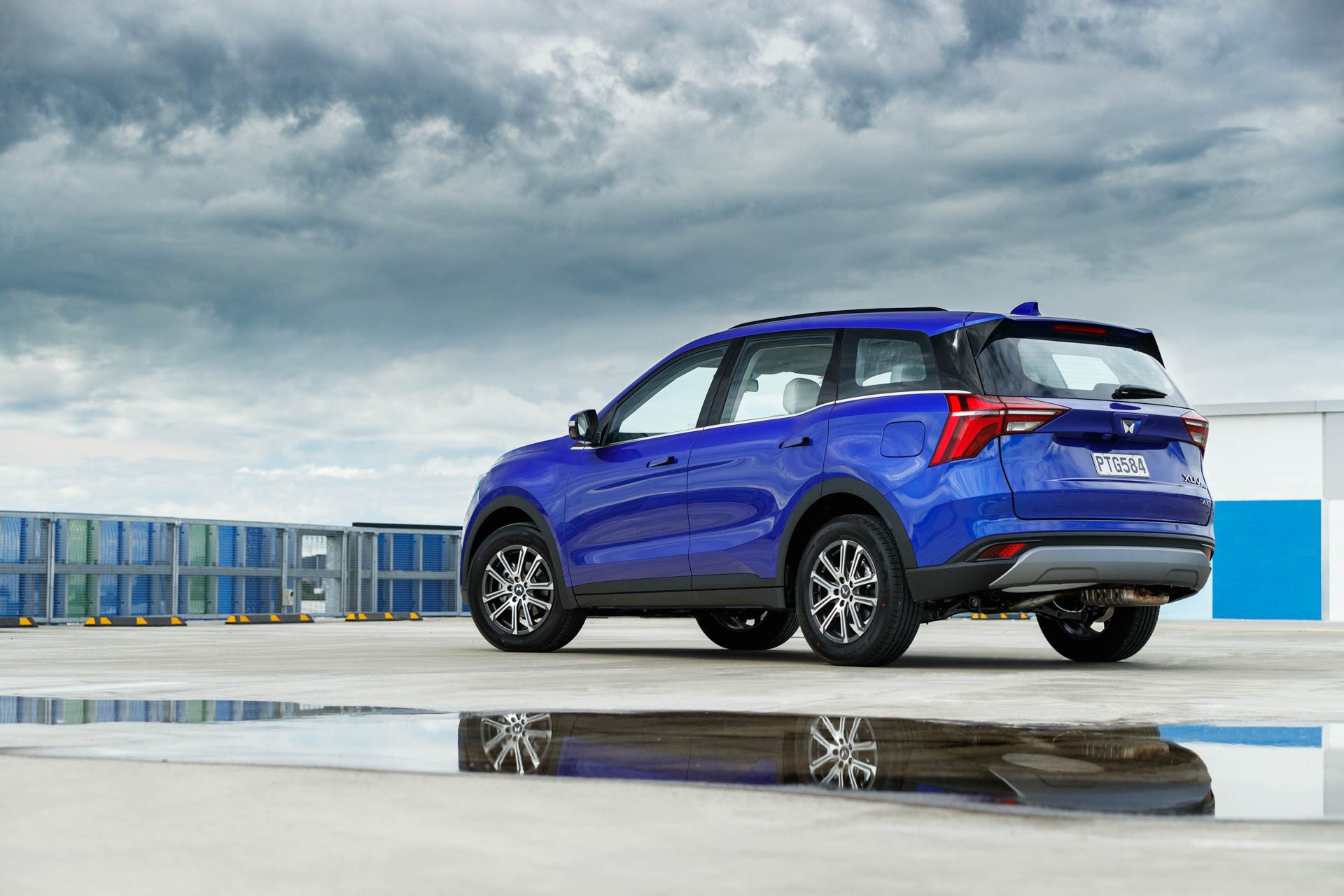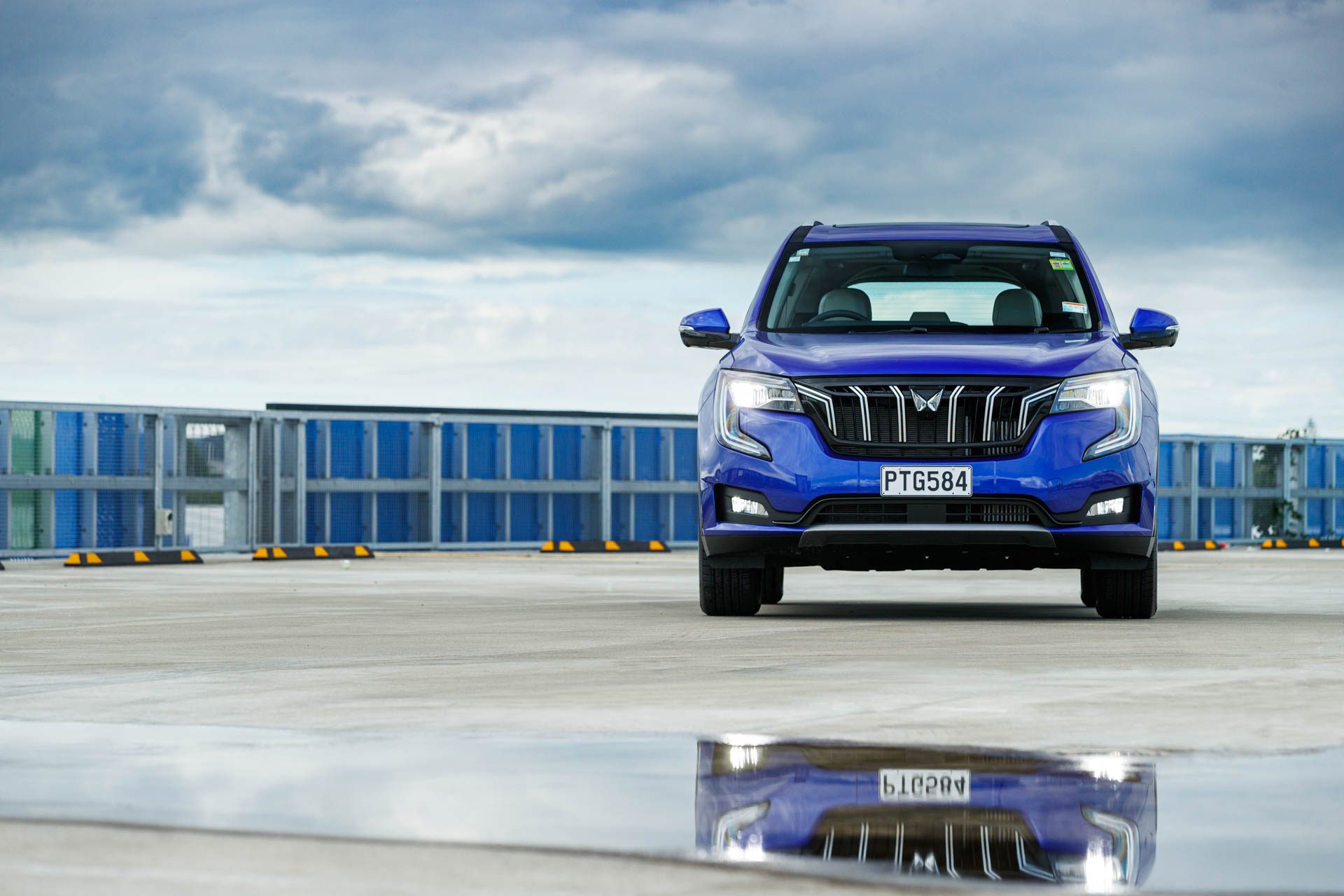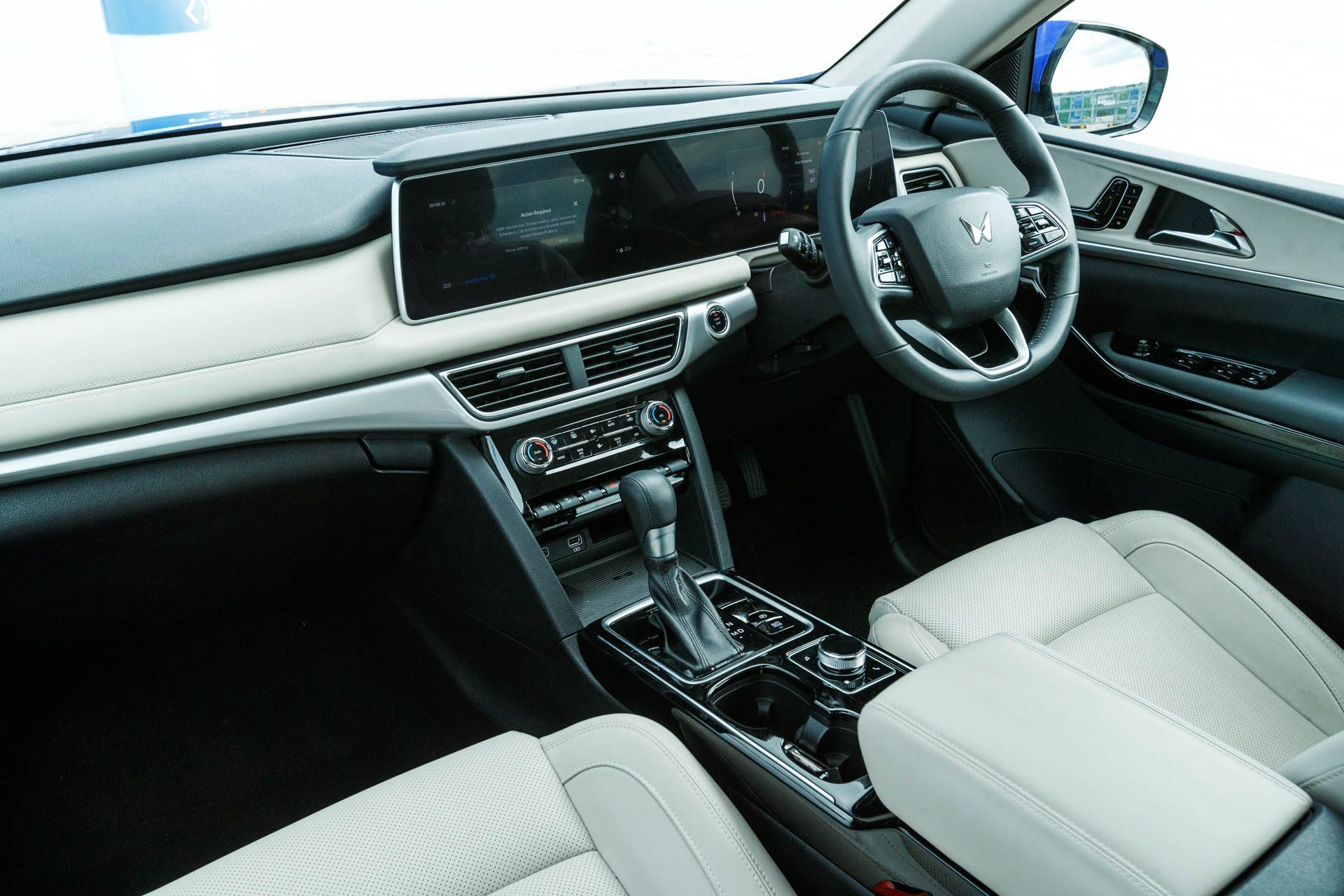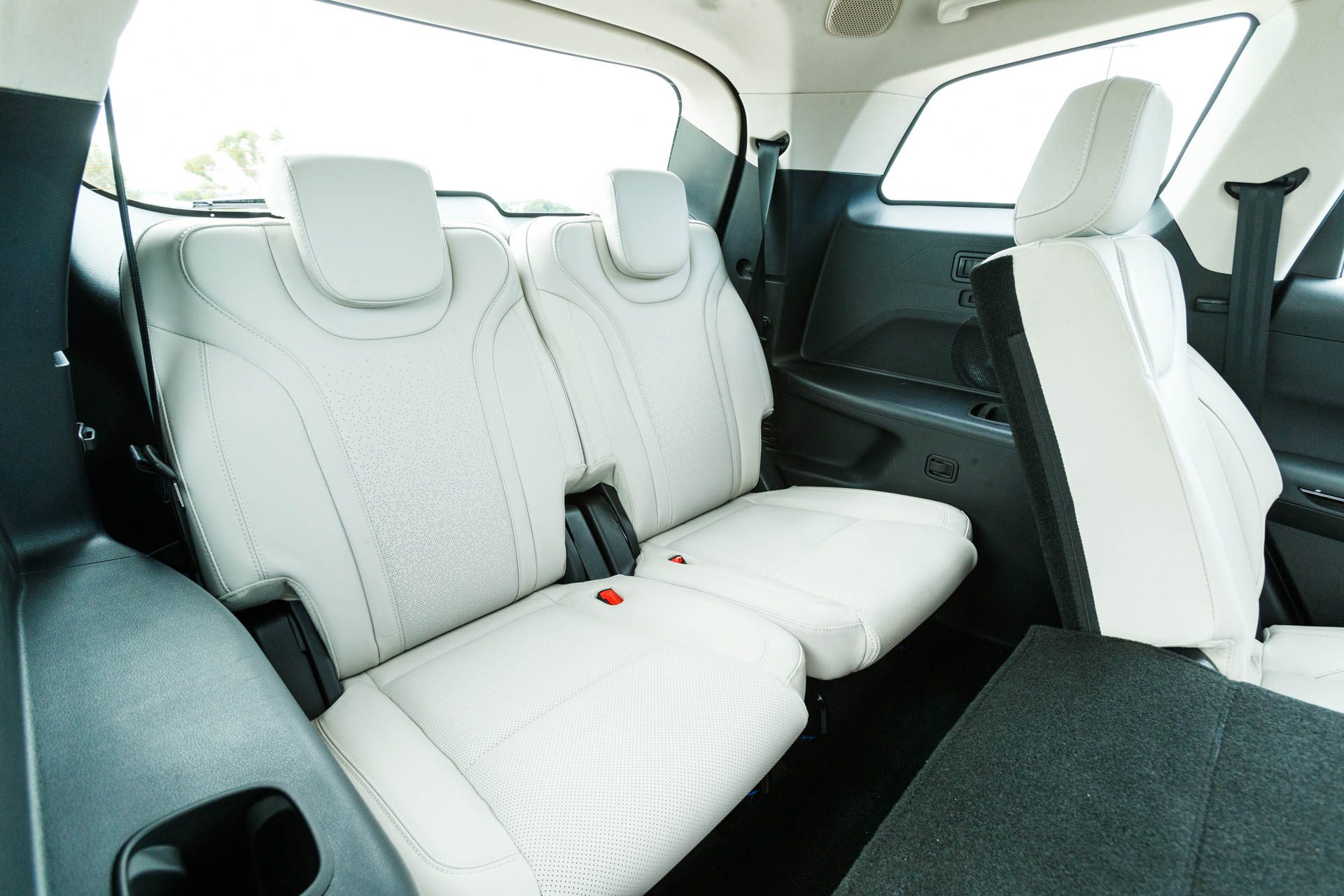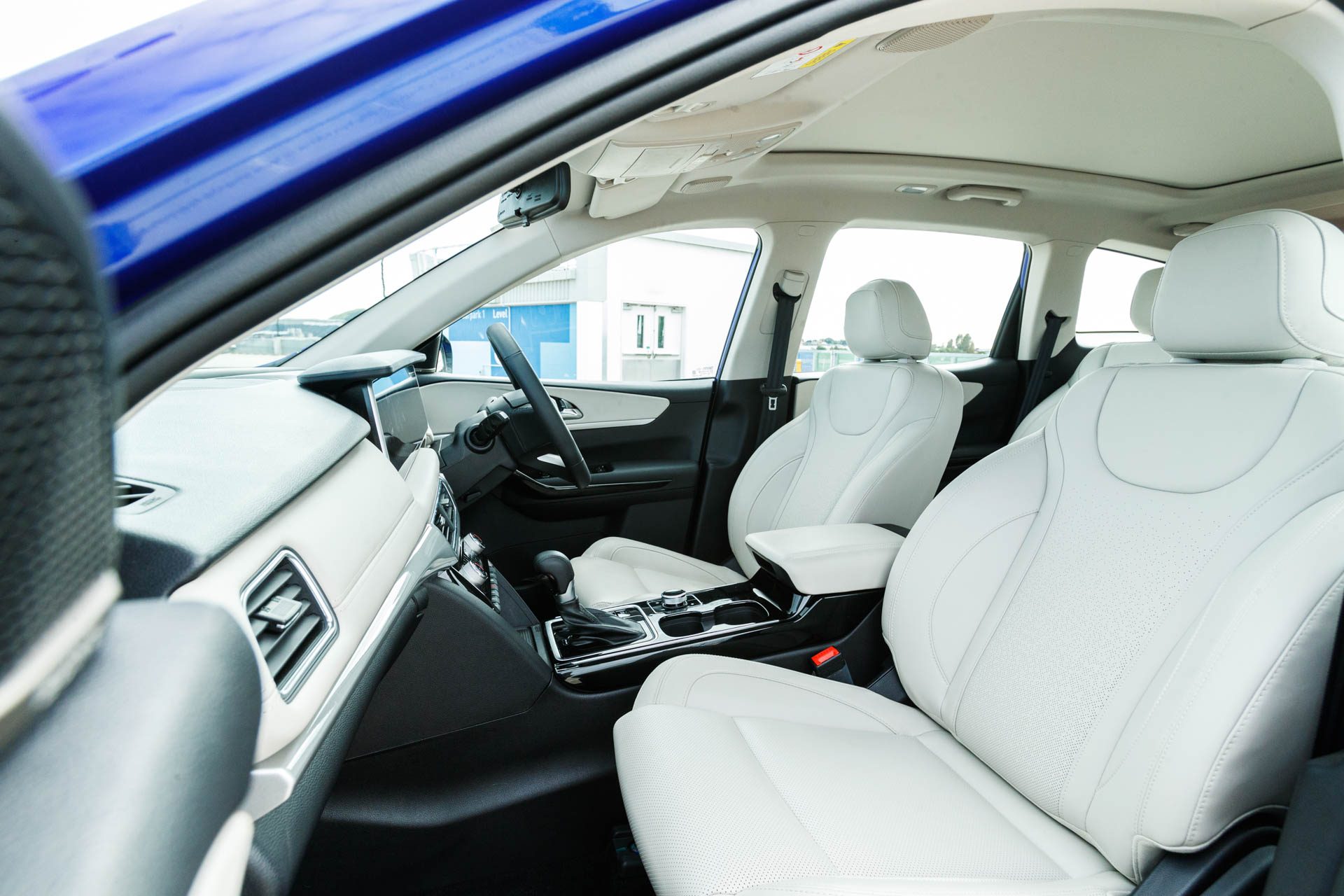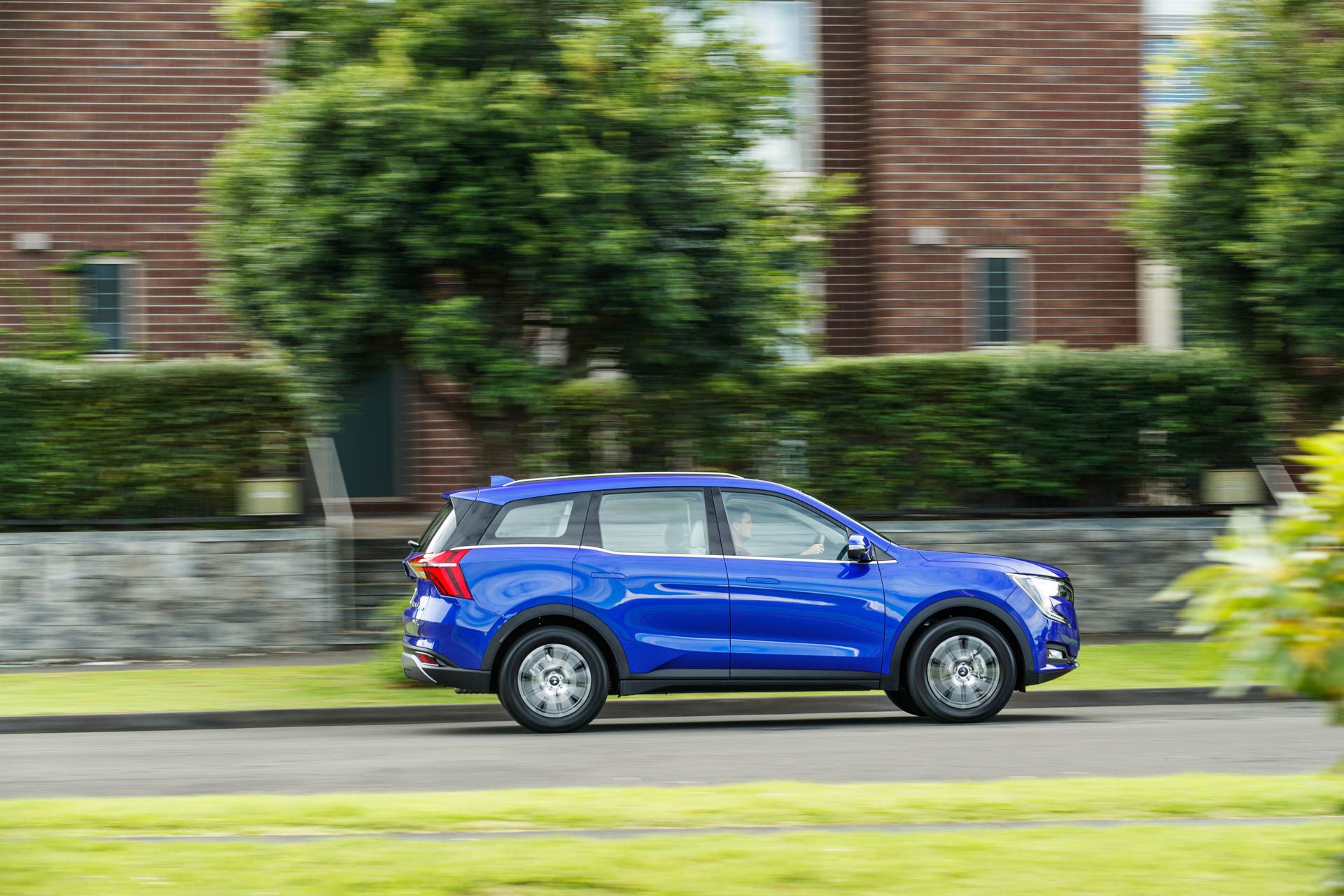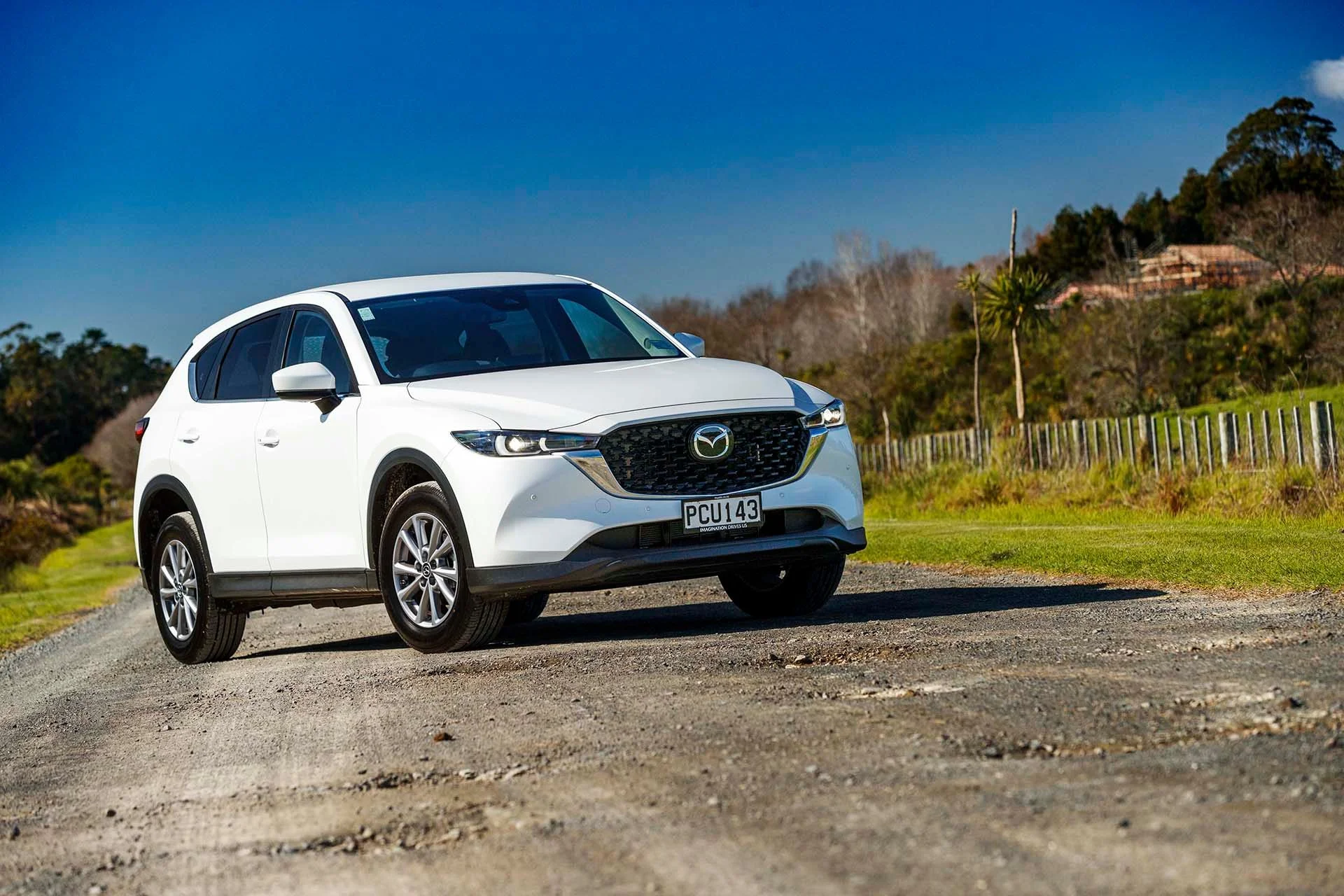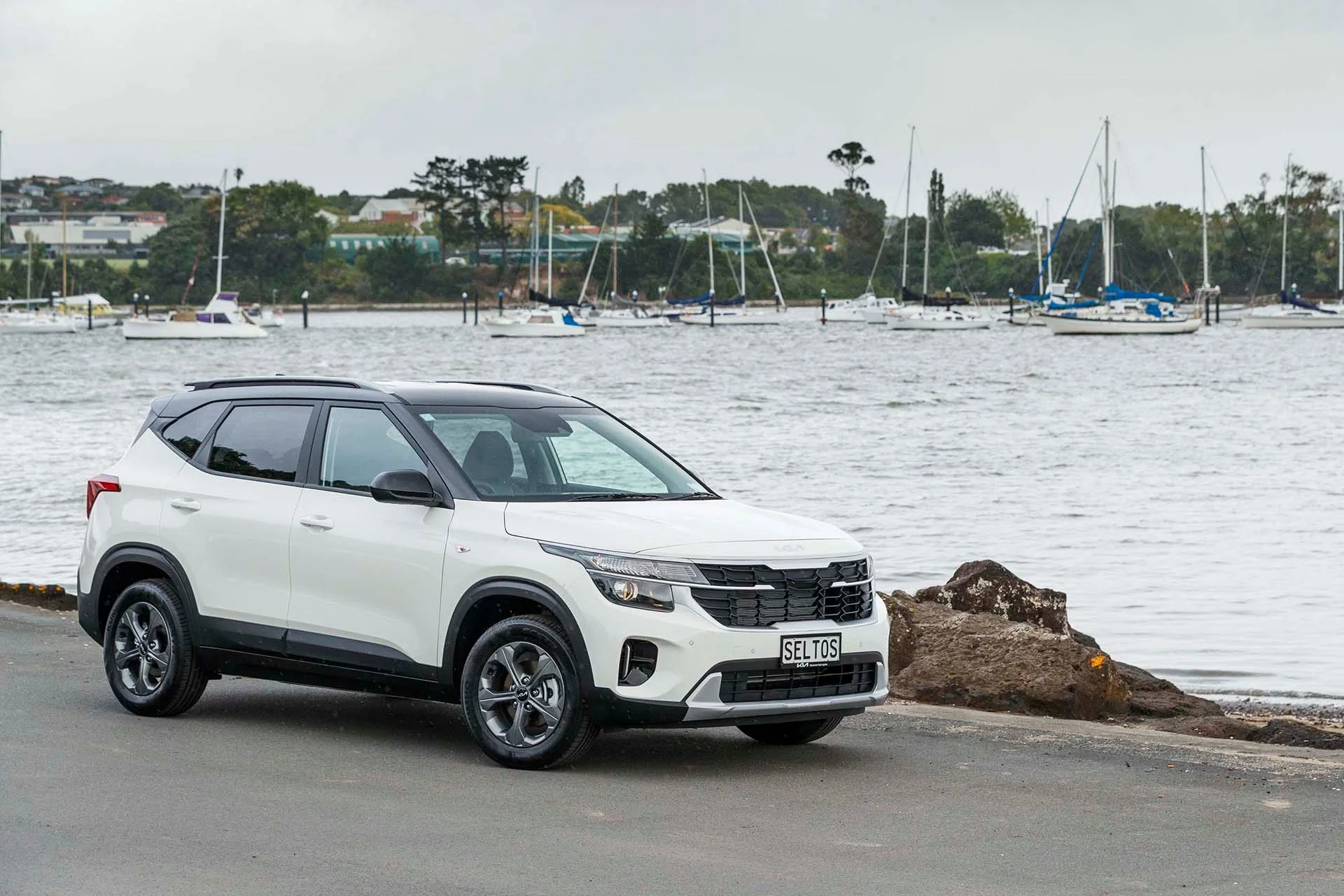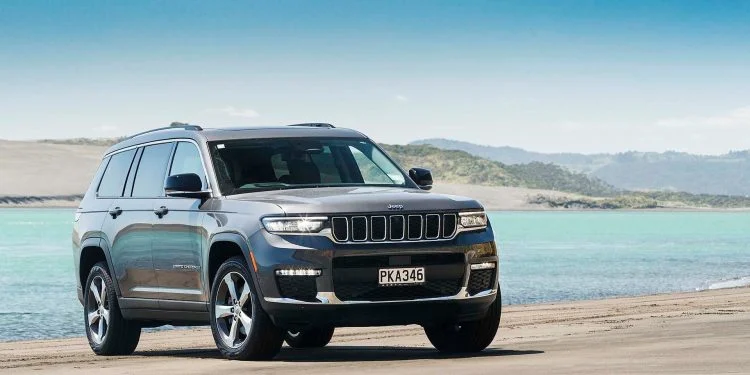2023 Mahindra XUV700 review
Mahindra has a pair of new SUVs on the way with price tags that are sure to cause a stir when they land.

Mahindra has a pair of new SUVs on the way with price tags that are sure to cause a stir when they land. But do they bring genuine substance to the bargain as well? We drive the new XUV700 to find out.
Mahindra has been here for some time but this new XUV700 is the first of its vehicles that we’ve featured. The Indian giant has offered a few commercials while the XUV500 has been the firm’s main passenger conveyance. The latter has been around for years yet the styling still hasn’t grown on us.
In fact none of Mahindra’s vehicles has been particularly blessed in a visual sense. However, a new generation of SUVs, fronted by the Scorpio N and XUV700 could help change local perceptions of the brand. That, paired withMahindra’s reveal of their fresh New Zealand brand identity, could spark a revitalisation of the brand here.
What we have here is the new Mahindra XUV700, which effectively replaces the old 500 which has been around for more than a decade. It utilises a new platform and brings with it less fussy styling. While there is some familiarity to the profile with that rising hip line, it’s certainly more appealing.
There is no explicit ‘Mahindra’ labelling on the exterior; rather the XUV700 wears the firm’s new ‘Twin Peaks’ logo, a stylised M we suppose, though it reminds more of a W, while the kids thought it was a butterfly. Where the old XUV500 had some of the weirdest door handles you’ll ever come across, the new 700 has flush fitting openers which pop out on command when you unlock.
What’s the line-up like?
We can expect three variants of the XUV700 when it goes on sale here early next month. While the pricing hasn’t yet been made official, we can tell you it’s sharp, with all models coming in under $50k, and the base models are closer to the $40k mark. That’s once the clean car fees have been added too. According to Rightcar, the XUV700 AX7L, to give it its full name, is slated for a fee of $1955 on account of its emissions of 220g/km.
The lone powertrain option for our market is the ‘mStallion’ 2.0-litre turbopetrol. It’s got a decent herd of horses too, the Euro6b rated engine making 140kW with a helpful 380Nm of torque. With a six-speed auto turning the front wheels, fuel consumption is listed at 9.2L/100km.
There will be an entry-level model available with five- or seven-seats, and this AX7L variant, short for seven-seat luxury. Don’t expect any other powertrain offerings any time soon but a 48v mild hybrid system is said to be under development.
What sort of features can you expect?
Plenty from this AX7L. There are dual 10-inch screens in front of the driver, very Mercedes like then, and even the controls for the powered driver’s seat are situated on the door, also aping MB.
It gets a quality surround view camera and even a blind spot monitor. When you indicate, the view alongside is replayed to the instrument screen so you don’t miss that pesky lane splitting motorcycle charging up behind you. The front camera also records traffic incidents, should you still miss said motorcyclist.
There’s a charge pad, USB ports, Android Auto and CarPlay. Those will be handy as NZ-spec cars won’t have sat nav. Infotainment is via a Sony system with 12 speakers, some of those in the roof, and the sound quality is thoroughly decent, excellent for the price point.
There’s plenty of active safety too, like lane departure warning, AEB, adaptive cruise, and the usual ESP and airbags, the side pillows covering the three rows of seating. Our test vehicle came with a lap belt for the centre passenger but NZ-spec cars will have a three-point belt we are told. It’s been awarded a five-star Global NCAP score, so an equivalent ANCAP rating should apply.
All sounds good on paper then?
We’ll give the cabin quality a pass mark given the price. While there is a lot of hard plastic about, it’s built soundly with no rattles or loose trim pieces evident. And there are enough soft surfaces about too.
The seats are reasonable, though more adjustment would be good, particularly on the passenger seat, which is set too high. While the leatherette trim is better than many fake hides, the white hue isn’t the best idea.
The infotainment system has plenty of features (some a bit gimmicky) and the resolution is crisp (good for the parking camera in particular) though it’s general responsiveness could be quicker. No trouble changing the flow of cooling air however as the ventilation is handled by real buttons.
Is it a spacious seven seater?
There’s good room in the second row, with the usual Isofix fittings and a recline function on the bench which folds flat easily enough. The lever to flip the seat forward for access to the rear is poorly located however. Once you manage to unlatch the seat, it tumbles out of the way and there’s enough space for the kids to find their way to the back seats. You could fit a couple of adults in the rear for short trips, we suppose, but kids are better candidates.
While there’s almost zero luggage space with all seats in use, with them stowed the cargo hold is impressive. However, the boot floor is not well finished, with large gaps where the seats fold which will swallow up any smaller items rolling around in the back.
Is it a good commuter?
Round town, the 2.0 turbo does a good job; it’s away with little hesitation and the low-end torque is plentiful. The auto could be slicker with the shifts but it keeps the engine around the 1500 to 2000rpm mark so it’s ready to go whenever. And it pulls strongly in gear; you rarely need to push it beyond 3000rpm. The engine becomes rowdier around that mark anyway while there were some odd vibrations at idle on our test car that seemed to come and go.
It is a tad thirsty. On the highway, it can track in the 7.7L/100km range, but in town, the urban fuel use will register in the low 11s. A kerb weight around the 1900kg mark probably has something to do with the consumption. There is an idle/stop system but with air con blowing it doesn’t activate very often.
The dampers have a quality feel to them and the ride is generally composed. Though it can fidget over some little bumps it deals to the big ones well.
The light steering is breezy in operation, although the tuning circle could be better. Its on-high driving position and generous glass house are good for visibility, though the A pillar is a bit chunky. There are few false warnings from the safety minders, the adaptive cruise doing what it should, while the lane departure warning can be turned off easily enough.
Is the Mahindra a decent drive?
Dynamically, the XUV700 surprised. We are guessing Indian road surfaces are bad because this smoothes over the mass of potholes and pock marks of flood-ravaged roads.
It’s quiet too both in terms of suspension and tyre noise. It rolls into the bends yet holds a line well. The rear is stable, so the front doesn’t wash away into understeer until you really start forcing the issue. The steering could do with a re-tune however; it remains light at speed, with inconsistent assistance, especially off centre, while the road feel is distant.
The auto shifts adequately, though it’s not the raciest box (there are no drive modes to fuss over), but it works the engine’s midrange torque to good effect. The 2.0-litre feels stretched as it pulls beyond 5000rpm, and it gets rather vocal. One of the XUV700’s more impressive aspects is the lack of torque steer; give it the beans off the mark and it tracks straight and true.
Worth a look then?
Certainly if you are after a value-for-money offering. While it can’t match the refinement and quality of the more established Asian brands in this market segment, it undercuts them on price while offering a thorough fitout of specification and safety gear. The powertrain is decent too, except for its thirst. Mahindra has its Scorpio N coming soon, a proper 4×4, with the low range and all the other off road hardware. It too promises sharp pricing. It will be interesting to see how the market reacts to these new Mahindras.
| Model | Mahindra XUV700 AX7L |
| Price | $ TBC |
| Clean Car Discount | Fee – $1955 |
| Engine | 1997cc, IL4, T, DI |
| Power | 149kW@5000rpm |
| Torque | 380Nm@1750-3000rpm |
| Drivetrain | 6-speed auto / FWD |
| Fuel Use | 9.2L/100km |
| C02 Output | 220g/km |
| 0-100km/h | 10sec (estimate) |
| Tyre size | F / R – 235/60/R18 |
| Fuel Capacity | 60L |
| Stability systems | ABS, ESP |
| Safety | AEB, ACC, BSM, LDW, RCTA, AHB |
| Wheelbase | 2750mm |
| L/W/H | 4695 / 1890 / 1755mm |
| Service intervals | 12 months/15,000km |
| Warranty | 5 years/100,000km |
| ANCAP rating | Not yet rated |
| Weight | 1960kg (claimed) |
This article was originally published on autocar.co.nz
Also consider
